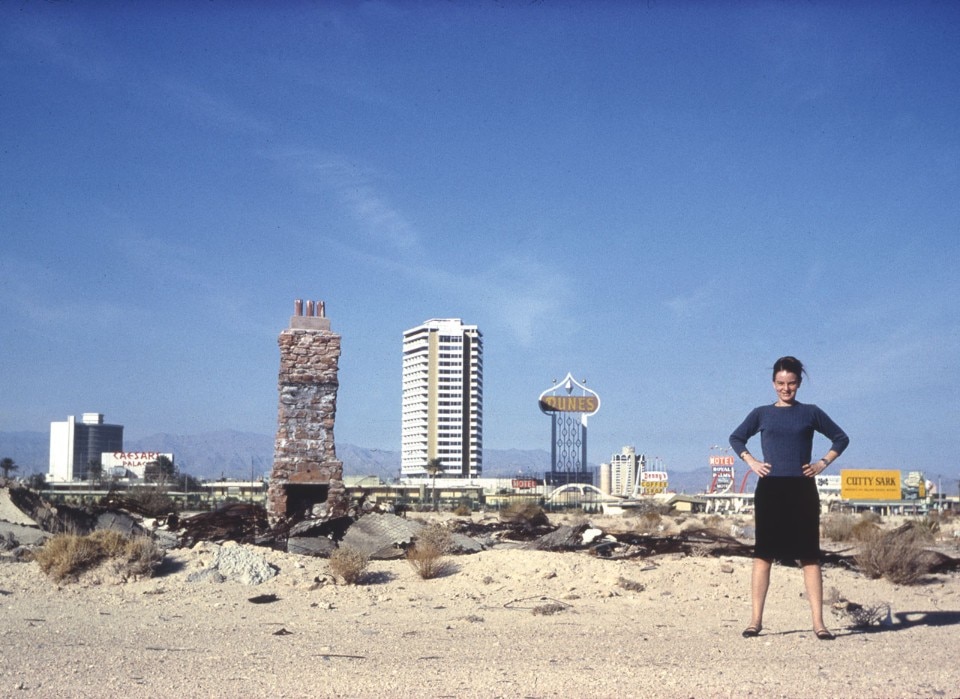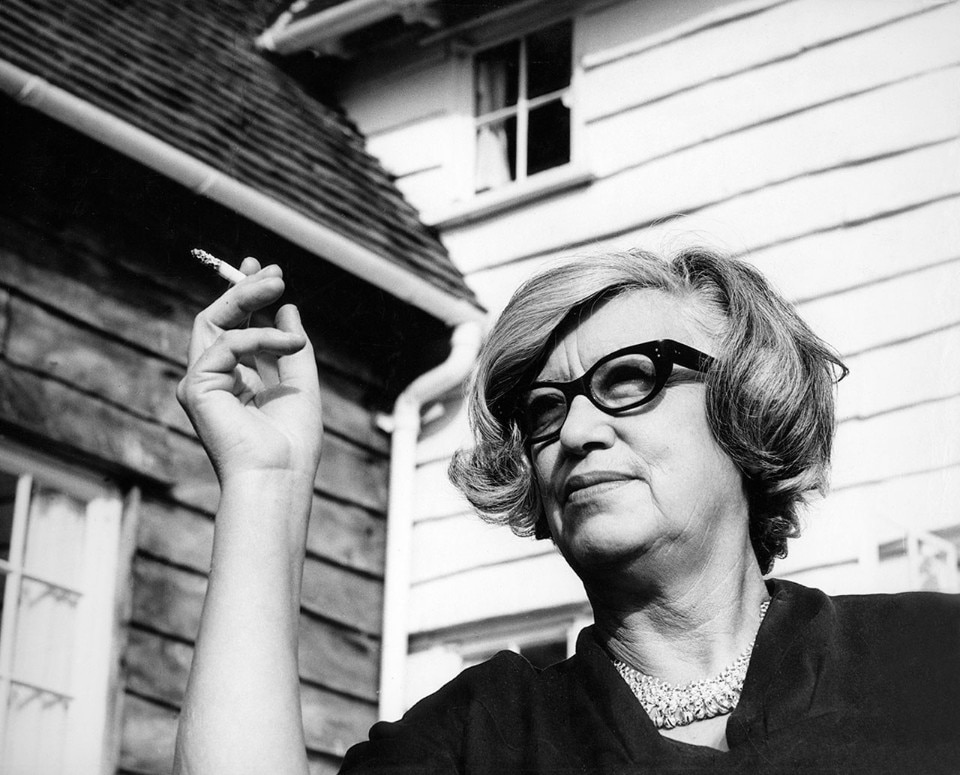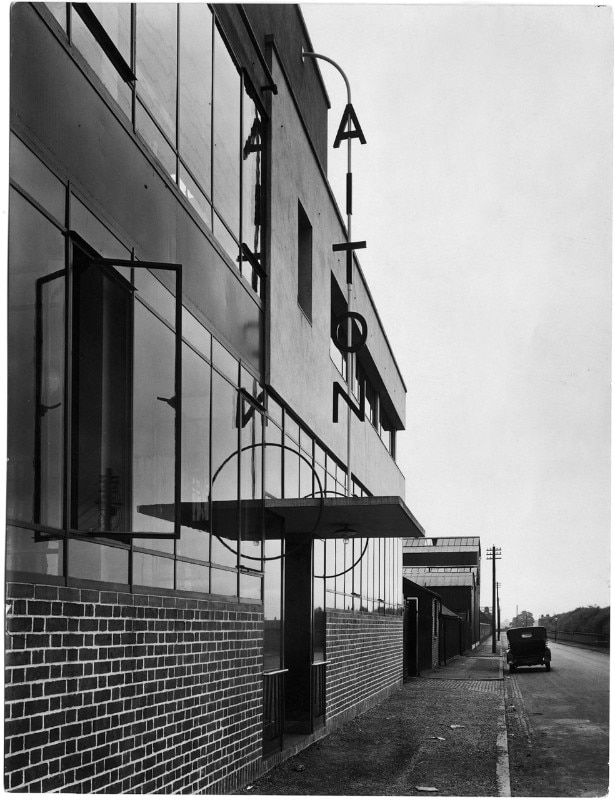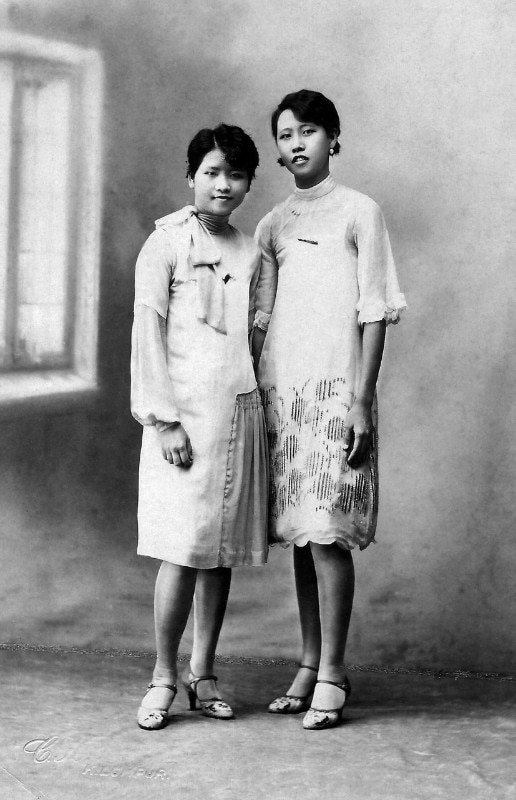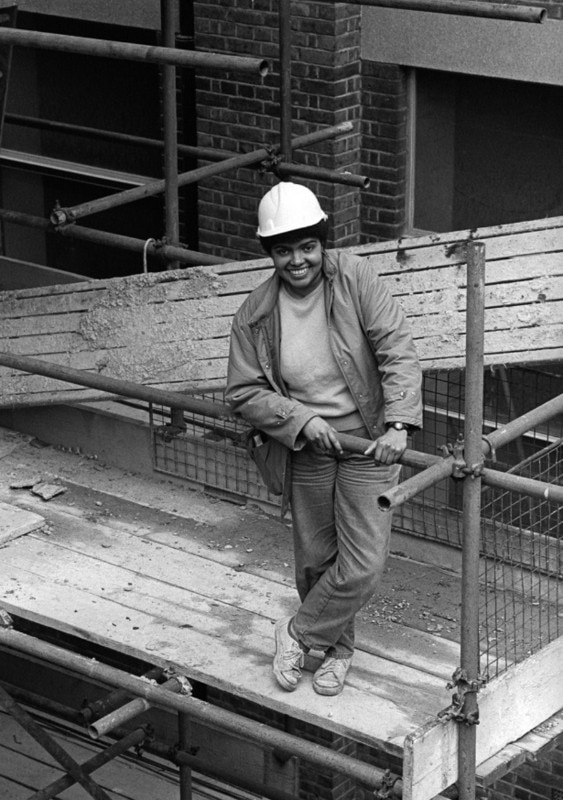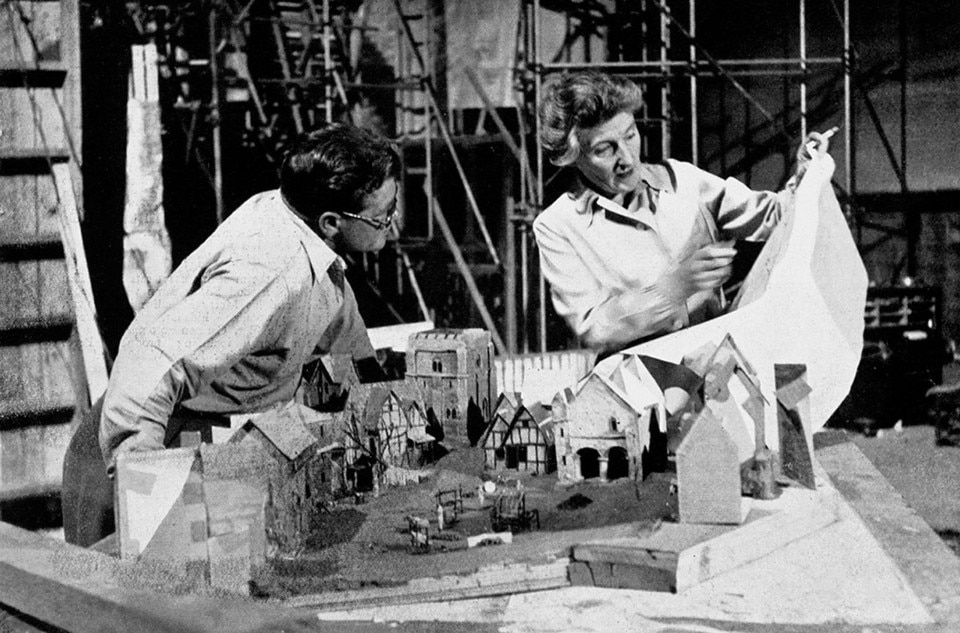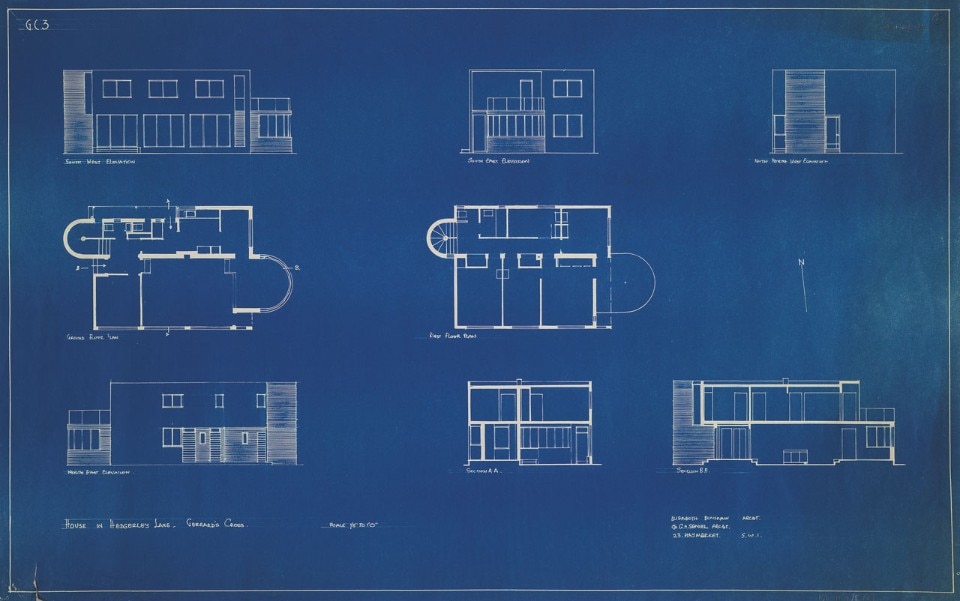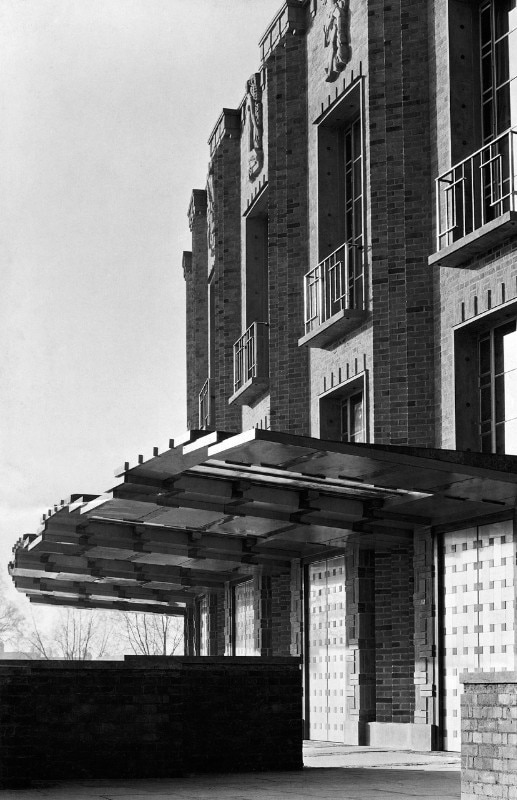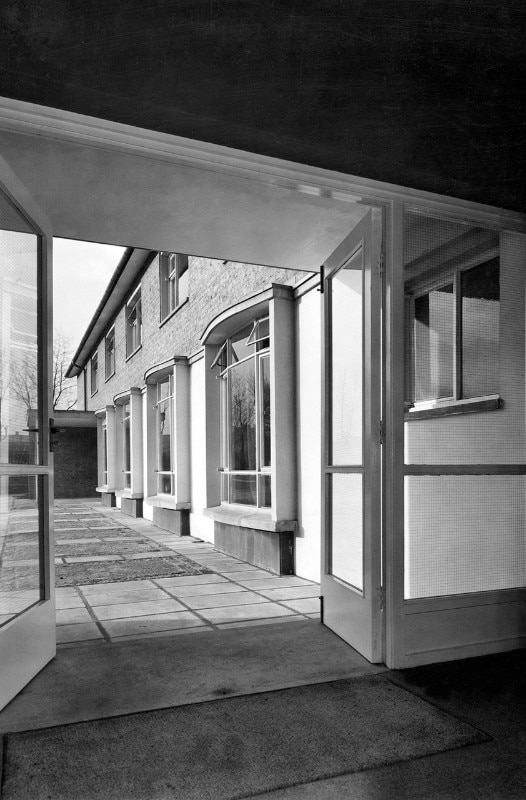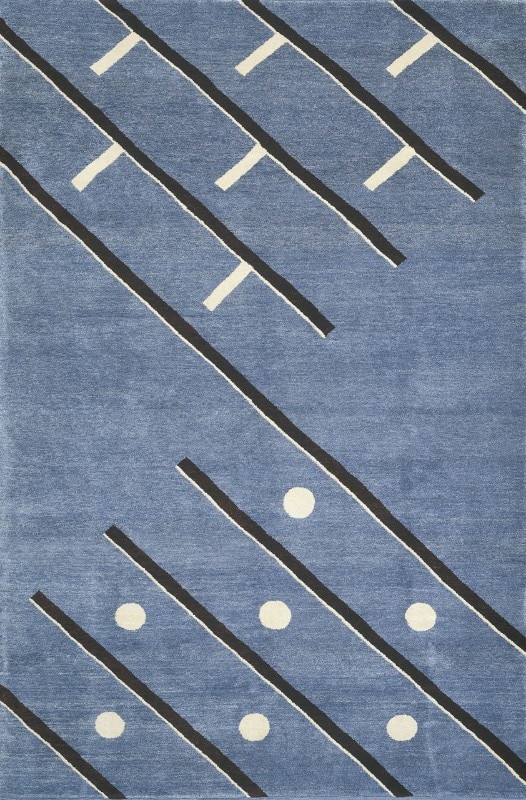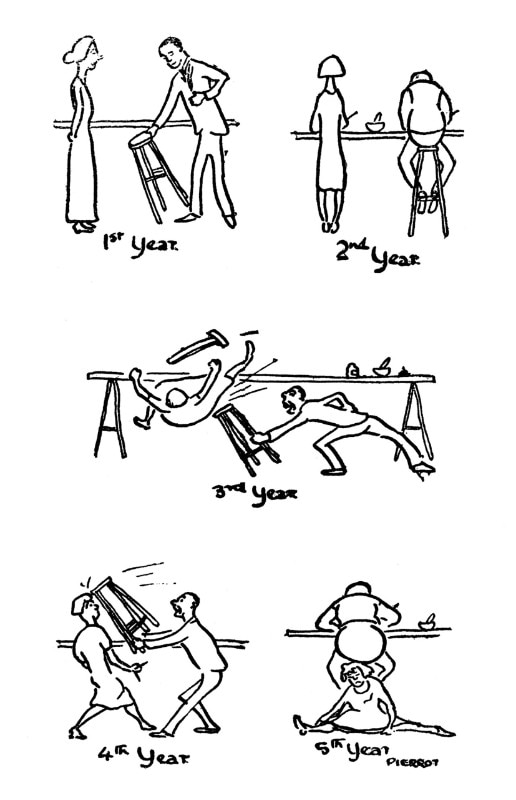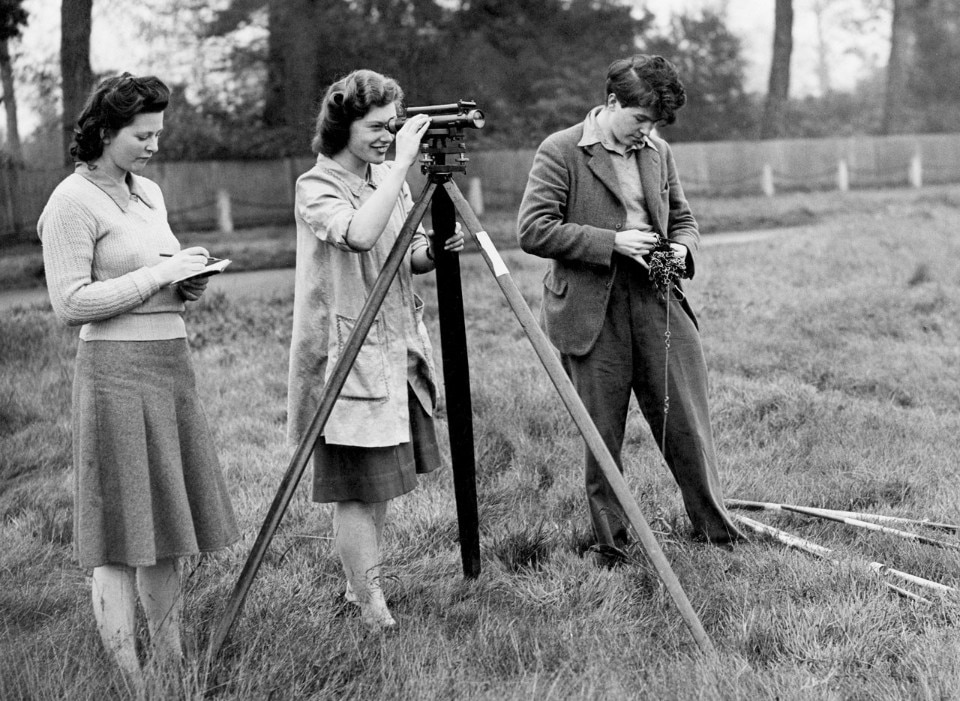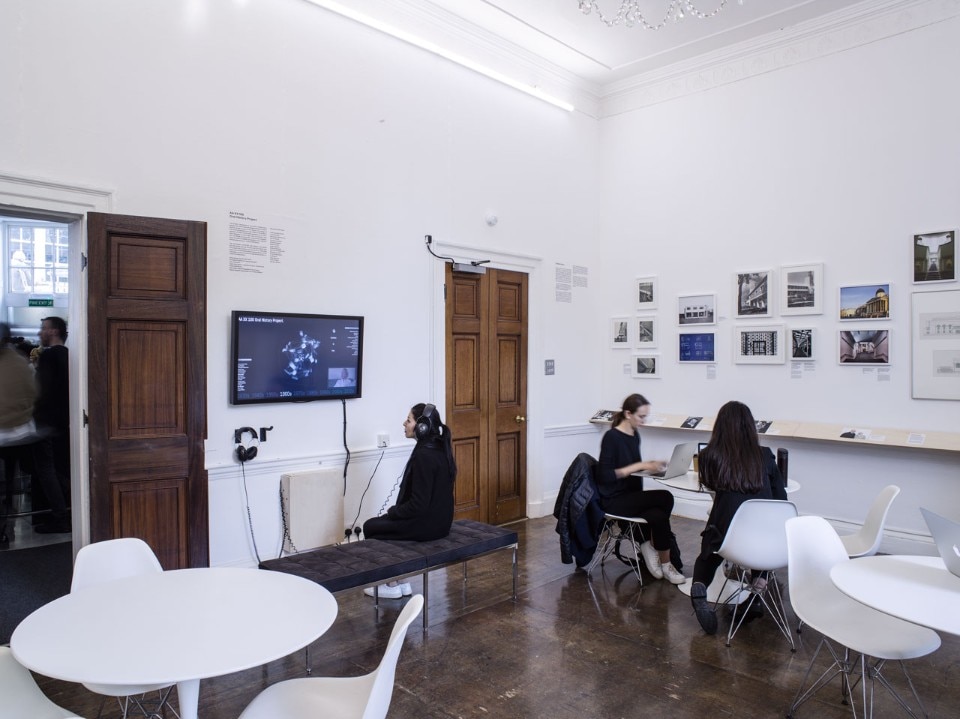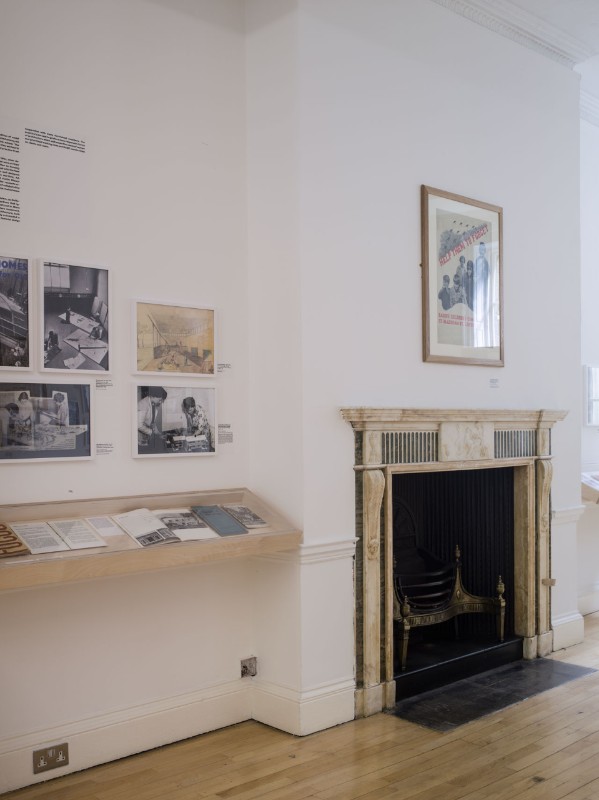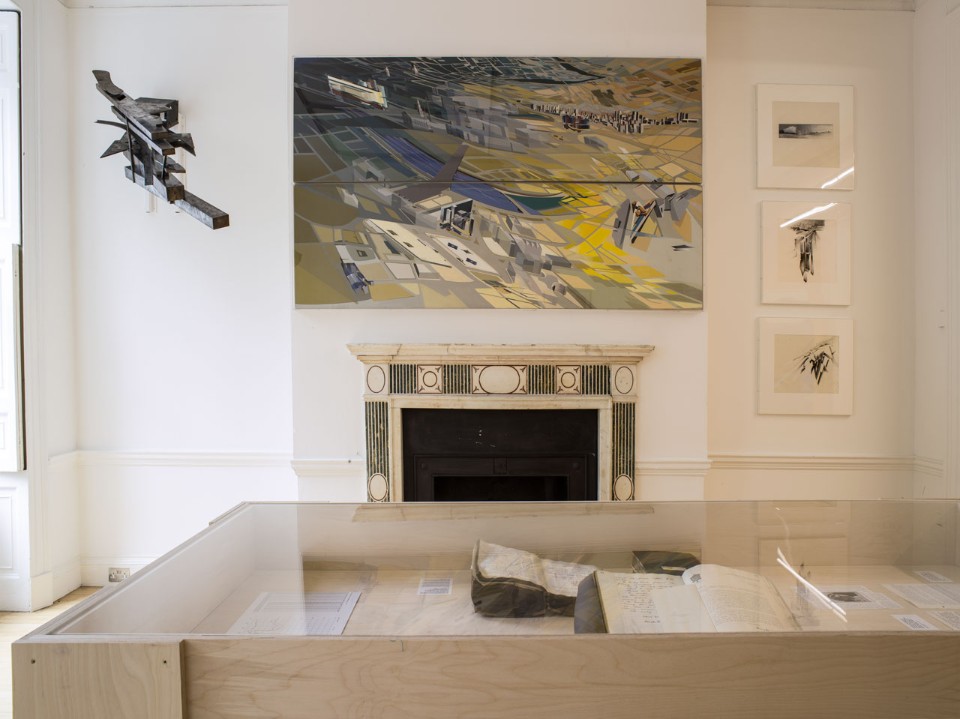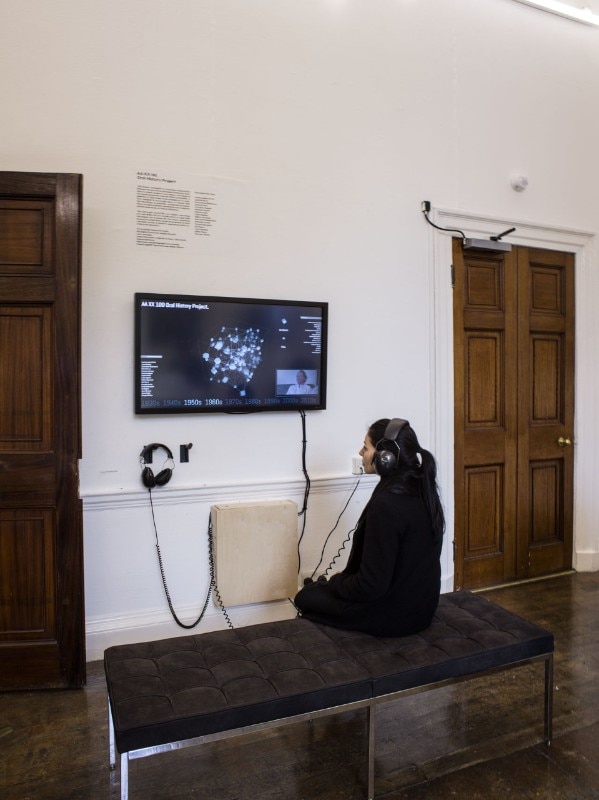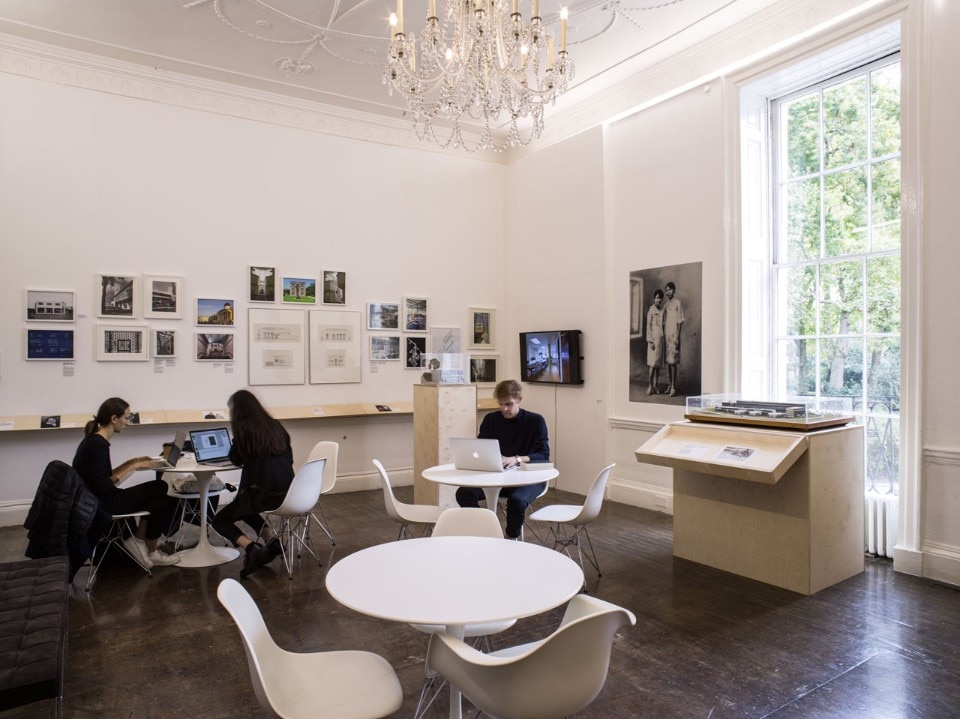“AA XX 100” celebrates the centenary of the admission of the first female students to the Architectural Association. With an exhibition project and catalogue, a symposium, a series of talks, a website and an oral history project, the renowned London architecture school wishes to mark its pioneer role in including women within the profession and discipline of architecture.
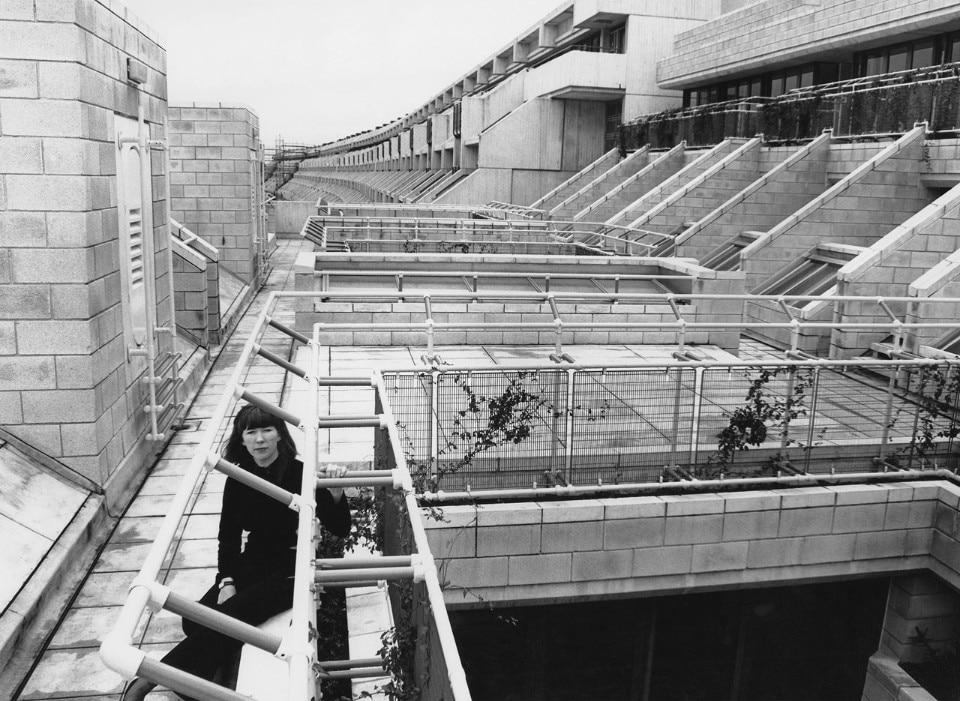
Far from being a feminist-activist project, the exhibition “AA Women and Architecture 1917-2017” is a neatly curated display, unravelling throughout the school, from the ground-floor main gallery to the staircase, the top-floor gallery and the bar, many histories of women over the years and with no particular order. Navigating through sections such as Politics of Practice, Public Practice/Public Service, Beyond the Drawing Board, Collaborations, Local/Global and so on, visitors are exposed to a myriad of original documents: models, drawings and paintings, photographs, publications, texts and other artefacts. Strangely fragmented, however, the display reads as a collection of stories loosely related to women at the AA. Not an easy one, the topic needs engagement and rethinking rather than mere commemoration. Visiting the exhibition does not really explain “Just what is it that made AA’s women so different, so appealing?”.
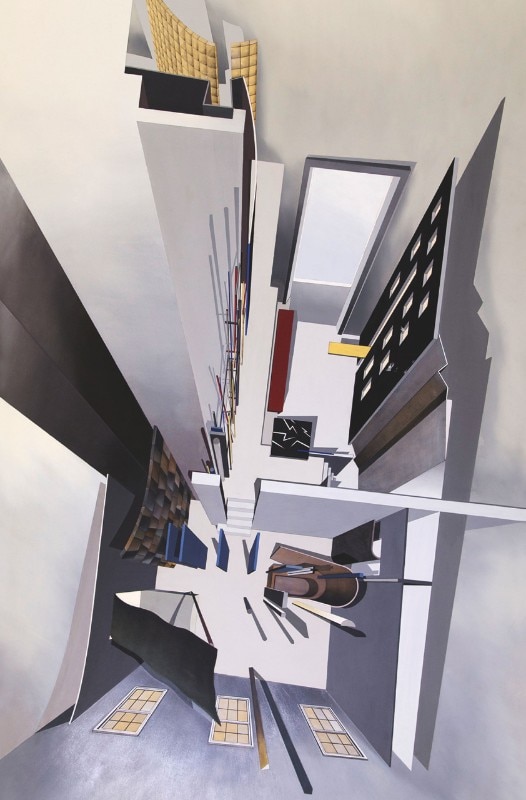
The show, nonetheless, contains some hidden treasures that are worth the detour: the most precious of them undoubtedly being the model of Zaha Hadid’s 1983 Hong Kong Peak project, an incredible sculptural piece in direct reference to El Lissitzky’s Proun constructions. Interestingly, the piece is hung in a similar way to that in which it was displayed in the 1988 “Deconstructivist Architecture” MoMA exhibition, in which Dame Zaha stood not so much as a woman but as someone who made an entire career out of her outstanding originality in terms of formal, aesthetic and artistic approach, in other words out of her outrageous difference. Zaha’s model, as well as being a tribute to one of AA’s most famous graduates, is also a pure product of the 1980s, a decade which, apart from heralding a period of strong revisionism of architectural history and of feminist approaches to architectural design (thanks to the ground-breaking work of people like Dolores Hayden, Mary McLeod, Diana Agrest, Liz Diller, Jennifer Bloomer and Beatriz Colomina), saw women almost completely excluded from seminal architecture shows and curating at major institutions such as MoMA.
Years in the making, “AA Women and Architecture” is a project of commemoration, exploration and writing that will be best remembered via the nearly 200-page AA-publication catalogue, edited by Lynne Walker and Elizabeth Darling. Including eight lavishly illustrated essays as well as some beautifully crafted inserts, the catalogue offers some interesting perspectives that the exhibition struggles to convey. For example, in “Beyond the Drawing Board”, Edward Bottoms touches upon the crucial problem of diversity, showing how women at the AA made great careers out of practices parallel to architecture. As Bottoms argues, the AA ”has done more than most institutions to encourage the development of talented women working beyond the traditional bounds of the architectural profession.” (Lynne Walker and Elizabeth Darling, AA Women in Architecture 1917-2017, London: AA Publication, 2017, p.69).
Regrettably, the “AA XX 100” project was almost only put in the hand of women. Indeed, if AA figures like Bottoms or Thomas Weaver were associated with the AA Women and Architecture project, most organizers and contributors were female, while Paul Makovsky, Harry Charrington, and Ewen McLachlan were the only man speaking during two days symposium that took place at the AA earlier this month. Is it to say that men cannot talk about women in architecture, making impossible to reach parity in the male/female representation in such a celebratory project?
“AA XX 100” is to be placed within a larger current context. A watershed moment in the history of women’s recognition within the profession and discipline of architecture can be situated around 2013, when Arielle Assouline-Lichten and Caroline James, two Harvard University graduate students, launched a petition to retroactively award a Pritzker Prize to Denise Scott Brown for her work with partner and husband Robert Venturi. Since then, and with the sudden death of Hadid in March 2016, the number of initiatives focusing on the role of women in architecture has exploded. In November 2016, the Architectural Humanities Research Association (AHRA) conference “Architecture and Feminisms: Ecologies, Economies, Technologies” was held in KTH Stockholm and a series of publications should soon come out in the aftermath of that event. Parallel to that, and inspired by the conference and the activities of the Parity Group at ETH Zurich, Torsten Lange and Gabrielle Schaad are currently running “Making Difference: Architectures of Gender”, a weekly seminar about gender theory for architecture master students. “Students are still not very exposed to the topic, especially at the ETH”, says Lange. It is not only about women but about gender more broadly, exploring, for example through Michel Foucault and Judith Butler’s writings on sexuality, the spatiality of gender and male empowerment within the profession and cultural practice of architecture. Offering a critique of the presumed “neutrality” of (modern) architecture and its underlying male-power structure, sexual and gender difference and how they have figured in space, the seminar also tackles queer and non-binary theories of space. On the exhibition front, and also happening this fall, the Deutsches ArchitekturMuseum (DAM) in Frankfurt, presents “Frau Architekt Over 100 years of Women in Architecture”, a major retrospective on 100 years of women in architecture based on 22 portraits, project examples and very personal stories of women in Germany who have significantly influenced architecture or are currently shaping it. “It remains to be seen whether the future really is feminine. Indeed, although far more than half of all students in architecture faculties are now women, it is certainly not the case that they all really get a foothold in the profession and only very few manage to make the leap into the top ranks – there architecture is still a man’s world” writes the DAM on its web page. Finally, as officially announced during the AA celebration, Global Encyclopaedia of Women in Architecture 1960-2015, to be published by Bloomsbury and edited by Lori Brown and Karen Burns, is yet another initiative to have emerged from the recent discourse on women and architecture.
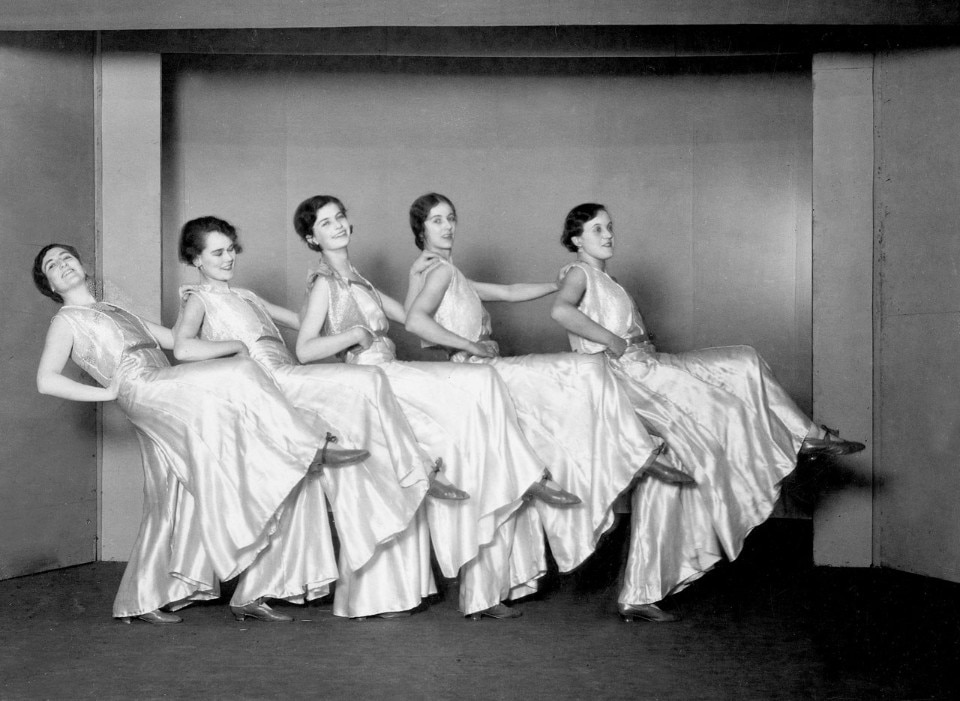
At a time in which many of the influential schools of architecture in the US (such as Princeton, Columbia and Yale) are run by women, the gender gap between men and women within roles of academic leadership is still shockingly acute. RCA tutor Harriett Harriss recently wrote that, “In the UK for example, the male to female ratio for heads of school is 1:40. Women heads can be counted on one hand. Subsequently, it’s the “masters” and not the “mistresses” of architecture whose pedagogies pervade.” But things are moving fast and, today, the male/female binary division of the world has almost become obsolete.
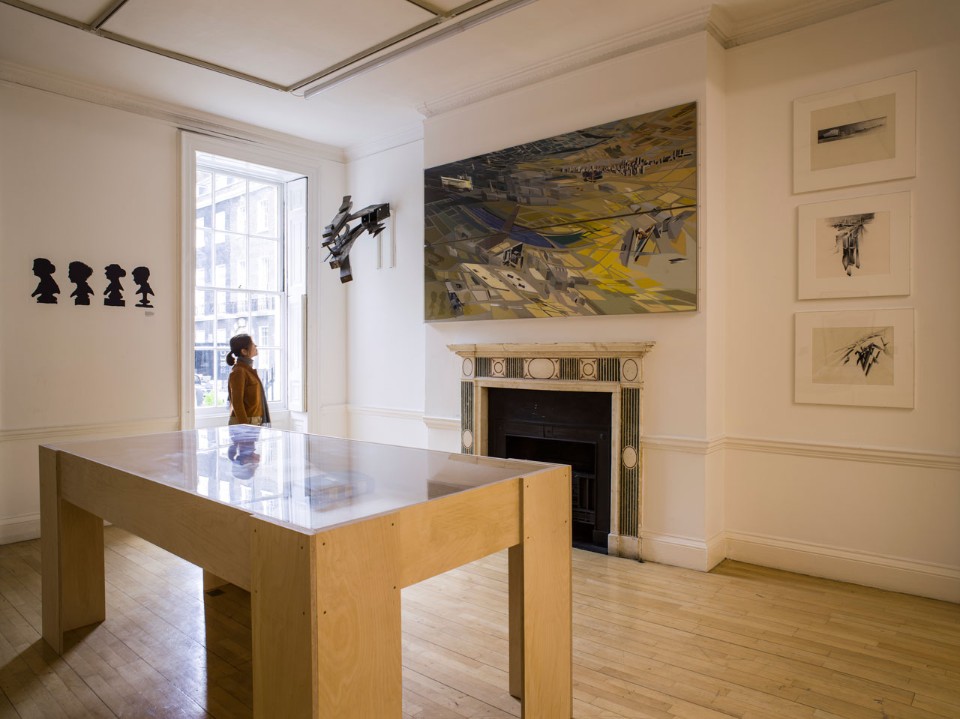
“AA XX 100” appears as a titanic and necessary venture, narrating the long history of women’s struggles and success within the Architectural Association. Yet, rather than mere celebration of gender difference, it might have been more appropriate to also look forward, in order to trigger a truly problematised discussion on diversity within the profession and discipline of architecture.
- Exhibition title:
- AA XX 100: AA Women in Architecture
- Opening dates:
- 7 October – 12 December 2017
- Exhibition venue:
- AA Gallery
- Address:
- 36 Bedford Square, London


